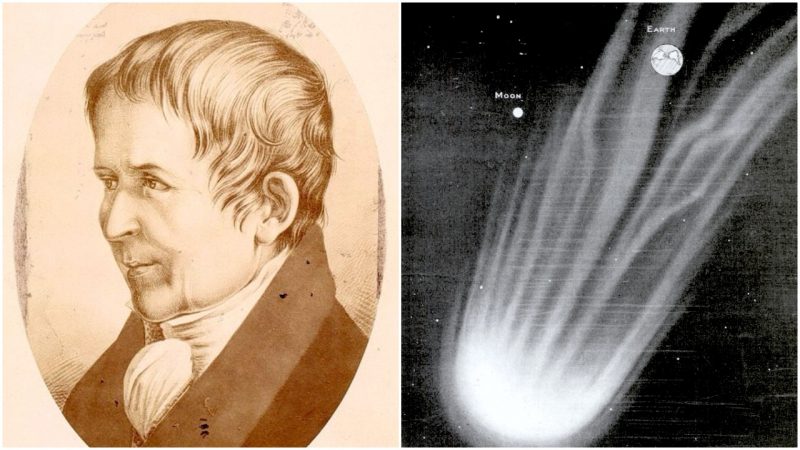The first known functioning telescopes were built in the Netherlands at the beginning of the 16th century. They were robust and not particularly convenient, but they immediately found use in both astronomy and terrestrial measurements.
Within a few decades, the reflecting telescope was introduced, and enabled scientist to perform more complex operations. Although these ancient telescopes were used for observations and were responsible for many historical, astronomical discoveries, astronomy had to wait for the 20th century and the emergence of more advanced telescopes to conduct more detailed observations of space.
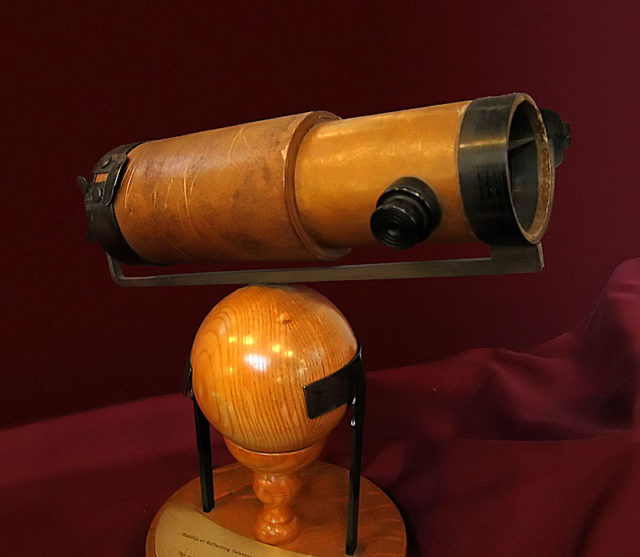
In the late 18th century and early 19th century, the interest for the observation of space increased, but amateur astronomers rarely had the means to acquire a proper telescope. Still, they often found ways to satisfy their hunger for exploration.
Jean-Louis Pons was born in unremarkable circumstances: his family was poor and had no means to provide him with substantial education. In 1789, he accidentally got the job of a caretaker at the Marseille observatory. He frequently assisted the astronomers and gradually gained some basic experience in astronomy.
After a decade of working as the caretaker, he learned to make detailed observations himself. Also the astronomers at the observatory were amazed by his curious ability to remember star fields and note changes in them. His greatest passion were comets: he created his own telescope and named it the “Grand Chercheur”, the Great Seeker; an instrument similar to the “comet seeker”, a special telescope specially constructed for the observation of comets.
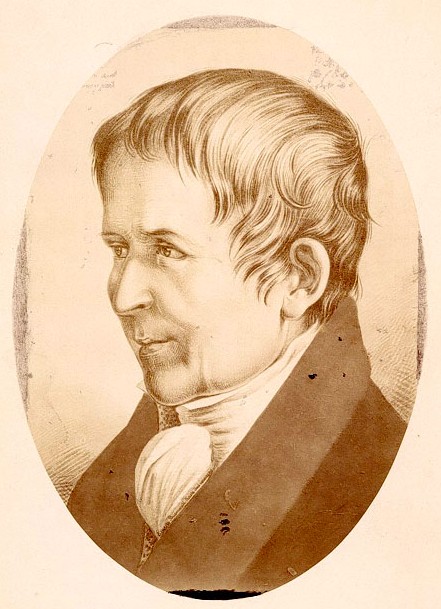
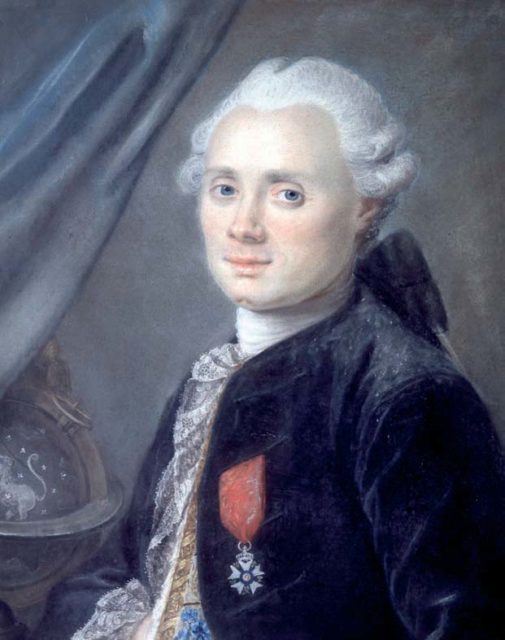
In 1801, Pons made his first discovery, a comet which nowadays shares his name and the name of Charles Messier, the renowned French astronomer. Pons wasn’t very keen on keeping diligent records of his observations, but he continued to search for comets. Over the next 30 years, he discovered as many as 37 comets, more than any other person in history.
He discovered five periodic comets, and the three of them share his name: 7P/Pons-Winnecke, 12P/Pons-Brooks and 273P/Pons-Gambart. In 1818, he discovered three comets in a single year and won the French Academy of Sciences’ Lalande Prize for his discovery. He won the same prize two more times in the following decade.
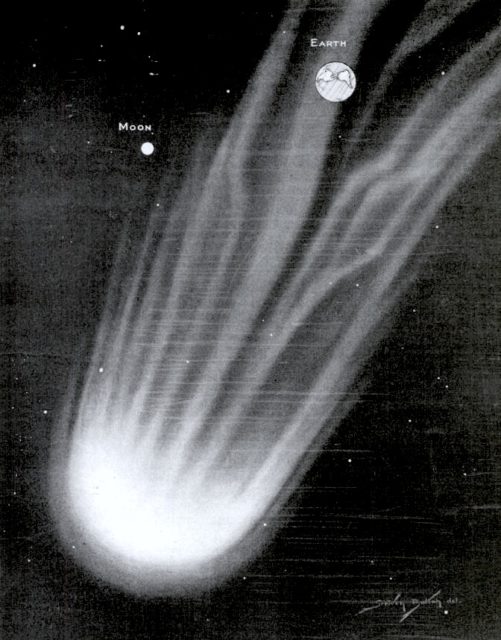
Despite his humble beginnings, Pons became a respected member of French academia. In 1819, he became the director of the observatory at Marlia, and in 1925 he became a regular professor of astronomy at the University of La Specola in Florence.
At that time, he also became the director of the Florence Observatory at the request of the Grand Duke of Tuscany. Contemporary astronomy owes a lot to Pons’ persistence and thirst for knowledge; in his honor, a moon crater was named after him.
